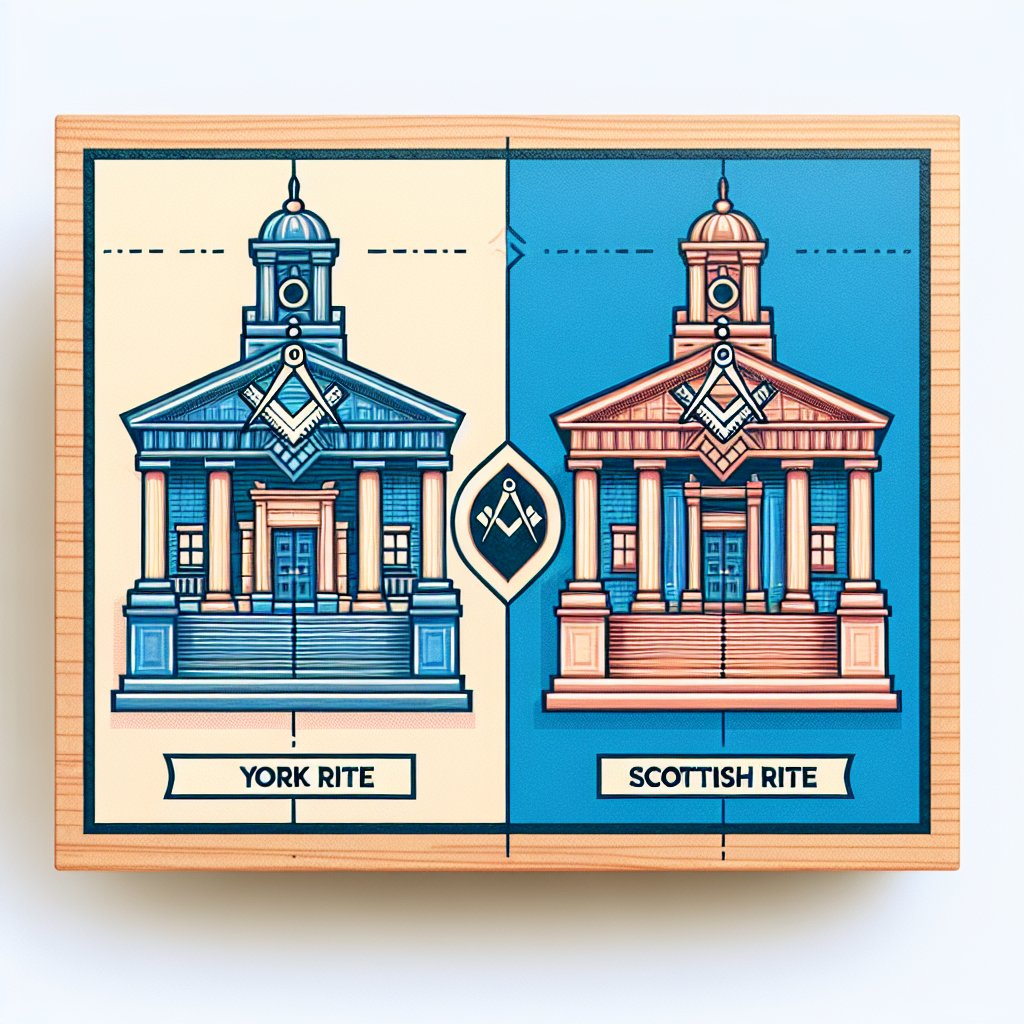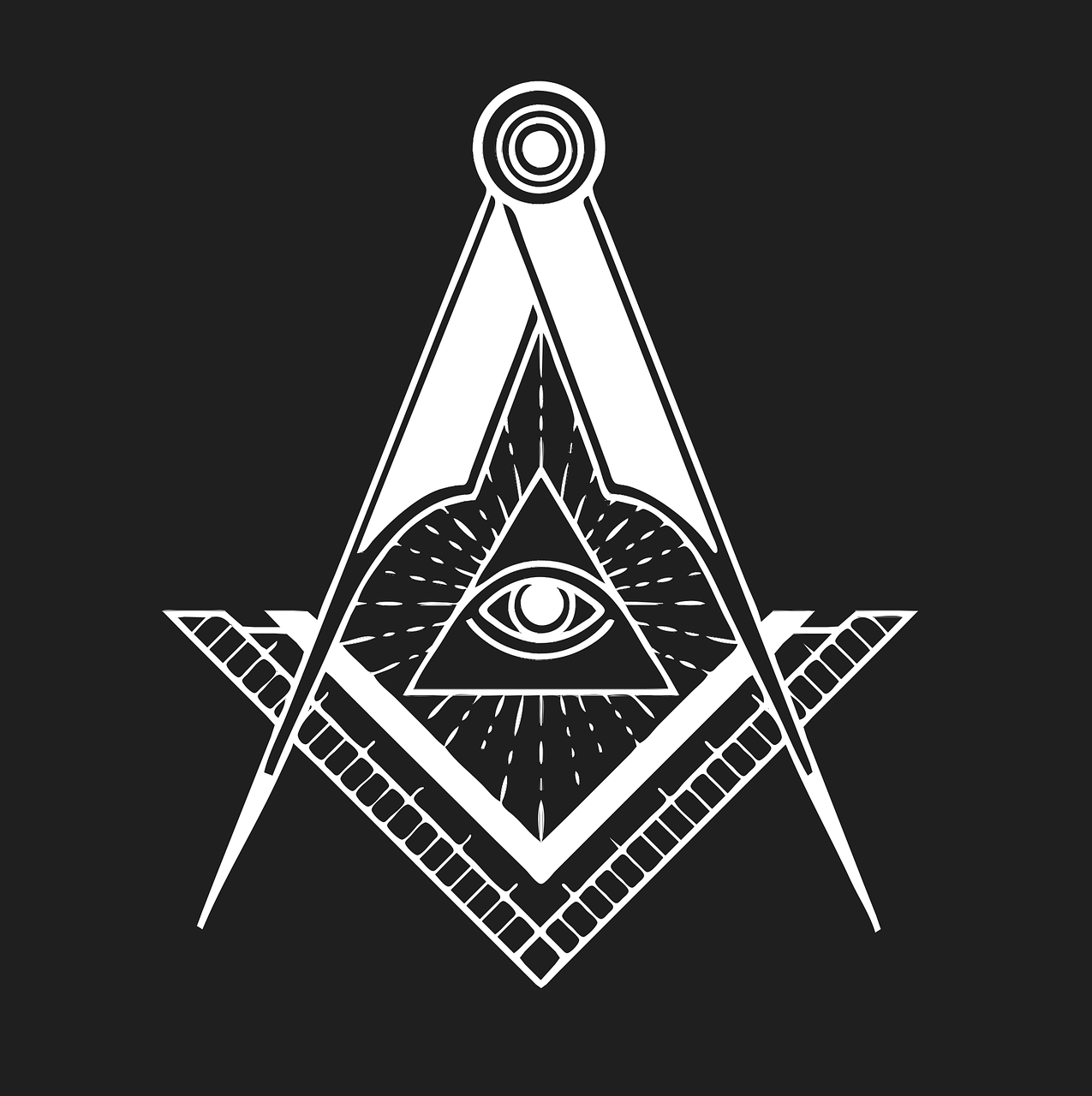
If you’ve ever been intrigued by the mysteries of Masonic traditions and symbols, you might be curious about the distinct paths of York Rite and Scottish Rite within Freemasonry. Each holds its unique place within the larger framework of Freemasonry, representing evolved paths offering degrees of initiation that lead to rich, diverse understandings of the Masonic philosophy. This article serves as a guide for understanding the key differences, historical contexts, ceremonies, and rituals that distinctly separate these two orders. The fascination of the uninitiated public with Freemasonry has long been sustained, particularly around questions like the difference between York Rite and Scottish Rite; in this article, you’ll find those answers illuminated.
York Rite: An Overview
The York Rite is one of the two main branches of Freemasonry that a Master Mason may choose to continue his journey, the other being the Scottish Rite. Both have storied histories and unique characteristics, offering rich experiences for those who journey through their degrees. Let’s examine this interesting sub-branch of Freemasonry, the York Rite.
Historical Background
Contrary to what its name might suggest, the York Rite isn’t a single cohesive system originating from the English city of York, but rather is a loosely organized collection of independent Masonic bodies. What binds these bodies together is their shared theme: the building and subsequent destruction of King Solomon’s Temple.
Establishment and Expansion
The York Rite began taking shape in the 18th century as individual Masonic bodies sharing the aforementioned Solomon’s Temple theme began forming alliances, ultimately coalescing into what we now know as the York Rite. From there it spread, delivering its lessons of virtue and morality to Masons around the world.
Basic Principles and Beliefs
The York Rite extols a range of moral and ethical lessons, influenced by the Christian religion. These lessons center on concepts such as virtue, honesty, integrity, and charity. Like all things Masonic, these lessons are presented allegorically and emphasize character-building.
Ritual Structure and Degrees
The York Rite is comprised of several degrees grouped into three bodies: the Royal Arch Chapter, which includes the Mark Master Mason, Past Master, Most Excellent Master, and Royal Arch Mason degrees; the Cryptic Council, consisting of the Royal Master, Select Master, and Super-Excellent Master degrees; and the Chivalric Orders, which includes the Illustrious Order of the Red Cross, Order of Malta, and Order of the Temple.
Key Symbols and Insignia
Several key symbols and insignia are central to York Rite’s teachings. Notably, a Triple Tau represents the Royal Arch, an Ark and an Anchor symbolize hope in the Mark Master Mason degree, and pointed swords signify valor in the Chivalric Orders. Each symbol carries a deep spiritual or moral lesson.
Scottish Rite: An Overview
The Scottish Rite, like the York Rite, is a continuation of Blue Lodge Masonry, the initial degrees conferred in a Masonic Lodge. It further extends the philosophical lessons learned in the Blue Lodge, focusing on a more philosophical and socially-conscious message.
Origins and Development
Despite its name, the Scottish Rite originated not in Scotland, but in 18th-century France, going by the name of the “Rite of Perfection”. It later traveled to the Caribbean and from there to the United States where it flourished, growing and developing its unique interpretations of Masonic teachings.
Key Tenets and Philosophy
The Scottish Rite explores a broad range of philosophical topics, from politics to religion to moral issues. The Rite teaches its members to be good citizens, promote ethics, and improve society, with its degrees providing a roadmap for moral and ethical growth.
Characteristics of Rituals and Degrees
the Scottish Rite confers a total of 29 degrees, with each degree emphasizing a moral lesson. From the Fourth Degree (Secret Master) to the Thirty-Second Degree (Sublime Prince of the Royal Secret), the degree work can be rich, eclectic, and always deeply symbolic.
Recognizable Symbols and Emblems
Symbols play a significant role in all Masonic degrees, and the Scottish Rite is no exception. From the eagle in the 32nd degree to the skull and crossbones in the 30th degree, each emblem aims to impart to its members’ moral, ethical, or philosophical truths.
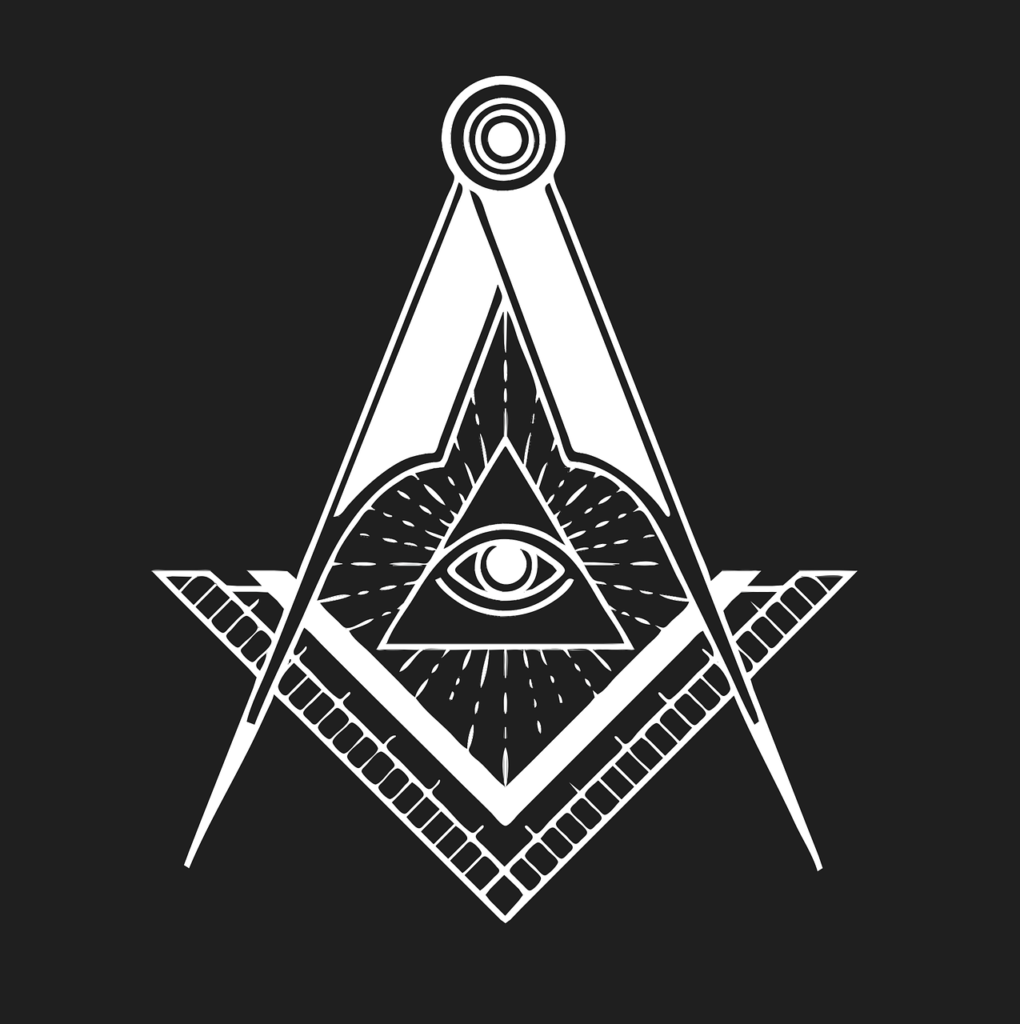
Differences in Historical Background
Differences in the historical background of the York and Scottish Rites underline their unique qualities.
Origins of York Rite
As previously mentioned, the York Rite is an agglomeration of distinct Masonic bodies sharing a common theme centered on Solomon’s Temple. This unifying theme reflects the operative roots of Freemasonry, ensuring a direct connection to the historical Masonic guilds of the Middle Ages.
Origins of Scottish Rite
On the other hand, the Scottish Rite, while also tracing its roots to operative masonry like the York Rite, quickly developed in a direction heavily focused on philosophy and societal improvement. Its origins in France and the philosophical influences of the Enlightenment shaped its mission and teachings.
Distinct Historical Lineages
While both Rites echo operative masonry, their paths diverge significantly. The York Rite feels more aligned with the historic Knights Templar and the construction of Solomon’s Temple, while the Scottish Rite incorporates a broader range of influences, including Greek and Roman history, mysticism, and the Enlightenment ideals of the 18th century.
Influences and Historical Context
Both Rites developed in distinct historical contexts, with the York Rite being influenced predominantly by British Masonry, while the Scottish Rite reflects a cosmopolitan mix of European, Caribbean, and American influences, thereby introducing a more universalist perspective.
Differences in Basic Philosophies
Despite some shared values, the York and Scottish Rites have distinctly different philosophical underpinnings.
Philosophical Underpinnings of York Rite
At its core, the York Rite is deeply Christian, with values derived heavily from the Christian religion and the Bible. While one does not need to be Christian to join the York Rite, the relationship between the two is evident in its degrees.
Philosophical Underpinnings of Scottish Rite
In contrast, the Scottish Rite borrows ideas from a wider range of philosophies and religions. Although the degrees are based on Judeo-Christian texts, it also incorporates elements from other philosophies and religions, creating a unique melting pot of thought.
Contrasting Belief Systems
While the York Rite follows a distinctly Christian ethos, the Scottish Rite straddles a broader philosophical base, making room for varying belief systems. It encourages members to interpret teachings their way, promoting self-discovery and intellectual inquiry.
Variations in Interpretation of Masonic Values
Both Rites uphold Masonic values such as brotherly love, relief, and truth, albeit with different interpretations. The York Rite features a more traditional approach to these values, while the Scottish Rite encourages interpretation and introspection, allowing for individual growth and philosophical exploration.
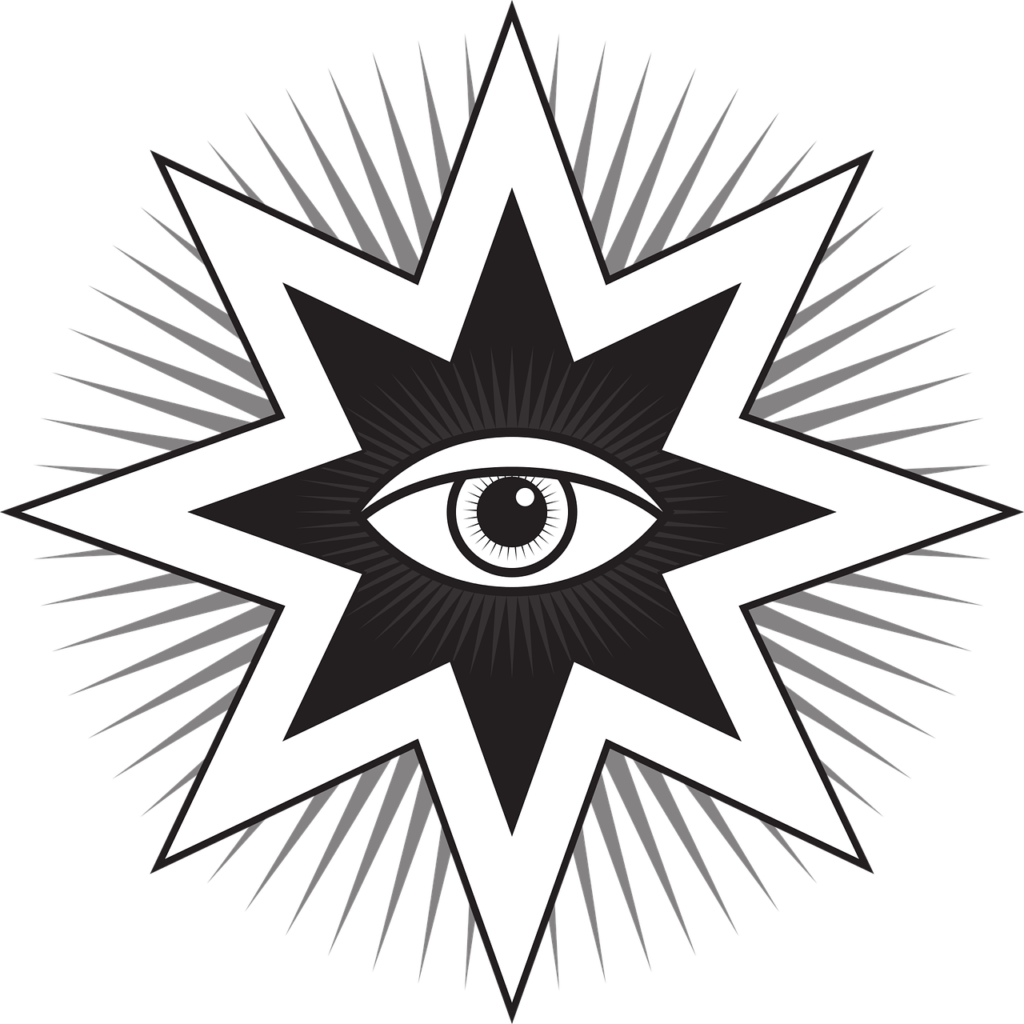
Differences in Ritual Structure
Even within the shared context of Freemasonry, the York Rite and Scottish Rite display unique stylistic preferences and thematic focuses in their ritual structures.
Overview of York Rite Degrees
The York Rite confers a total of 10 degrees, spanning three bodies. Each degree builds on the preceding one, creating an ongoing story centered around the building, completion, and subsequent destruction of Solomon’s Temple.
Overview of Scottish Rite Degrees
The Scottish Rite offers 29 degrees (from 4 to 32), each with its unique moral lesson. The degrees are not sequential like the York Rite, and the order in which they are conferred varies between jurisdictions.
Contrasting Ritual Styles
While both Rites employ theater and allegory in their rituals, they do so in different ways. The York Rite focuses on the symbolic construction of a spiritual temple, with heavy biblical allusions, whereas the Scottish Rite uses a wide variety of allegories drawn from different cultures and philosophies.
Significance of Ceremonies and Rituals
In both Rites, ceremonies and rituals are more than mere performances. They work on multiple levels to challenge, educate, and inspire the participants. While the perceived gravity and intensity might vary between the Rites, the ultimate goal is the moral and philosophical growth of the member.
Different Key Symbols and Insignia
Insignia and symbols play vital roles in both Rites, serving as important teaching tools and representing various aspects of the teachings.
Symbols and Insignia in York Rite
In the York Rite, key symbols include the Triple Tau (representing a key aspect of the Royal Arch degree), the Cross (representing the Knights Templar), and the Ark and Anchor (symbols of hope for Mark Master Masons).
Symbols and Insignia in Scottish Rite
For the Scottish Rite, each degree has its unique symbols, such as the Teutonic Cross in the 24th degree or the Sword and Scales, representing justice, in the 30th degree. The double-headed eagle, a common symbol of the Scottish Rite, represents the dual nature of man – spiritual and temporal.
Symbolic Meanings
Each symbol carries a wealth of meanings, often only fully understood after thoughtful study and contemplation. Symbols in both Rites convey profound moral or philosophical truths, challenging members to continually seek a deeper understanding.
Comparison of Iconography
While both Rites use symbolic language, their iconography reflects their respective focuses. The York Rite’s symbols are heavily influenced by biblical and Templar elements, while the Scottish Rite, in addition to using symbolism found in Blue Lodge Masonry, pays tribute to a wide swathe of world cultures and philosophies, creating a unique blend of symbols.

Differences in Masonic Jurisdictions and Governance
While both Rites profess the universal principles of Freemasonry, their structures, serving distinct historical and cultural landscapes, developed differently.
York Rite Jurisdiction Structure
The York Rite is, in practice, a collection of semi-autonomous bodies, each governed by its officers. Each body, whether at the local, regional, or national level, maintains controls over its affairs, contributing to a more localized structure.
Scottish Rite Jurisdiction Structure
The Scottish Rite, on the other hand, tends towards a more centralized structure. Local Scottish Rite bodies, called Valleys, operate under one of two Supreme Councils in the United States (Northern or Southern Jurisdiction).
Hierarchy and Governance
Both Rites have hierarchical governance structures, but the authority distribution varies. The York Rite tends to operate more independently at local levels, while the Scottish Rite sees more guidance from national bodies.
Comparison of Administrative Structures
Despite sharing Masonic roots, the administrative structures of the York and Scottish Rites are markedly different. The York Rite’s structure reflects its origins as a federation of separate bodies, whereas the Scottish Rite has a more unified organizational structure influenced by its continental origins and philosophy.
Differences in Membership and Recruitment
Membership and recruitment for both Rites, while sharing a common thread, offer different experiences for potential candidates.
Membership Process in York Rite
The journey into York Rite begins after reaching the degree of Master Mason in a Blue Lodge. From here, a Mason can join the Royal Arch Chapter, the first body of the York Rite. After completing all the Chapter degrees, he can proceed to the Cryptic Council and then the Chivalric Orders.
Membership Process in Scottish Rite
For the Scottish Rite, once a Mason becomes a Master Mason, he is eligible to join. He starts with the 4th Degree and can progress through the degrees at his own pace, dependent on the availability of degree conferrals.
Comparisons of Member Demographics
Demographics can differ significantly between the Rites, often reflective of local conditions and societal trends. Factors such as geographic location, membership size, and the extent of community outreach initiatives may influence demographic makeup.
Impact of Differences on Recruitment Strategies
These differences can lead to varying recruitment strategies. The York Rite may focus on members seeking a spiritual or biblically-centered Masonic experience, while the Scottish Rite might appeal to individuals interested in philosophical exploration and societal concerns.
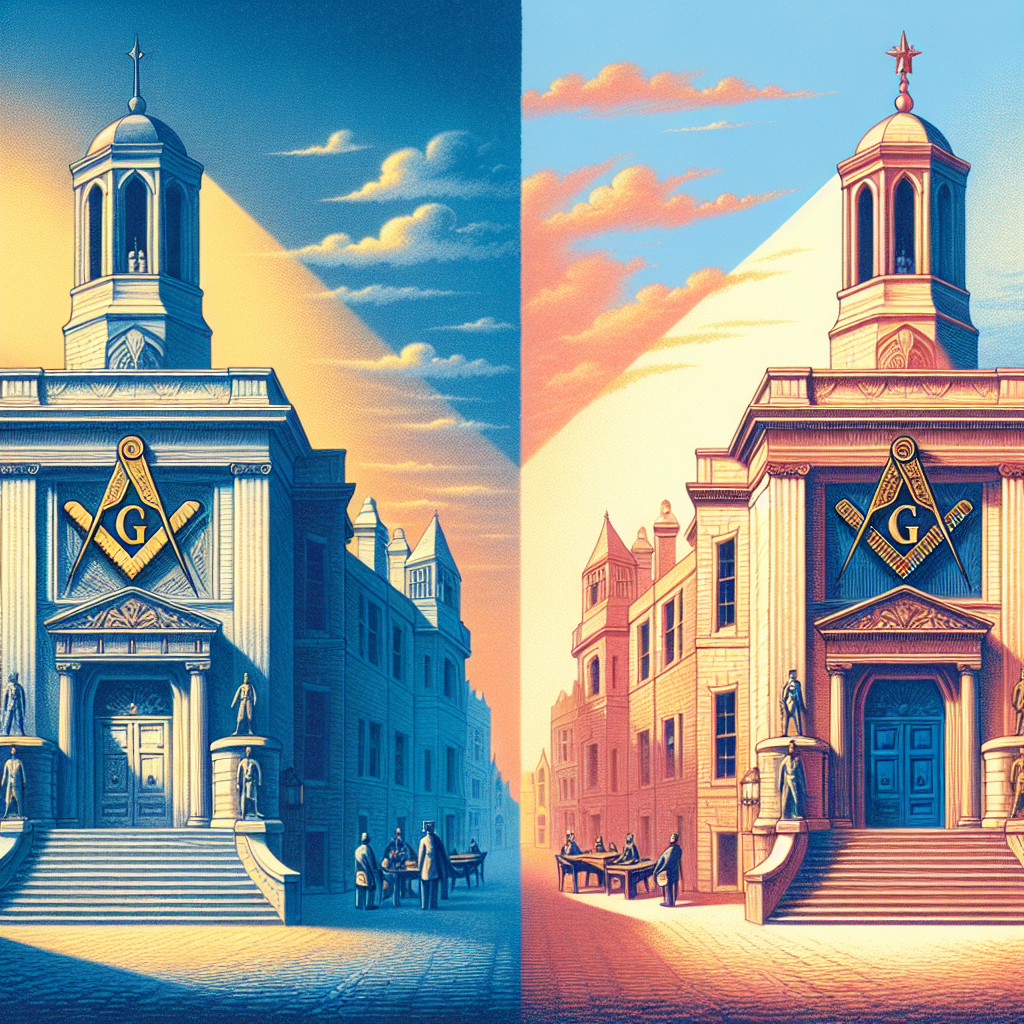
Differences in Charity and Community Outreach
Charitable efforts and community outreach constitute a central part of both Rites’ activities.
Charitable Activities and Initiatives in York Rite
In the York Rite, several charitable initiatives are tied to its appendant bodies. For instance, the Royal Arch Research Assistance program aids in the research and treatment of auditory disorders while the Knights Templar Eye Foundation provides assistance for those needing eye surgery but unable to afford it.
Charitable Activities and Initiatives in Scottish Rite
The Scottish Rite is also heavily involved in charity work, with initiatives like Scottish Rite for Children, offering world-class pediatric care, or the Learning Centers, supporting children with dyslexia to enhance their reading and writing skills.
Impact and Influence In Local Communities
Both Rites’ charitable efforts significantly impact their local communities. Whether through financial aid, volunteer work, or the establishment of community-focused initiatives, Freemasonry in both Rites continues its historical mission of ‘help for the distressed’.
Comparisons of Outreach Approaches
Both Rites promote charitable acts as a cornerstone of Masonic behavior. However, their approaches reflect their unique attributes. For instance, the charitable efforts by the York Rite bodies often align with their Christian-inspired ethos, while Scottish Rite charities can reflect a broader commitment to societal improvement.
Understanding the Choice Between York Rite and Scottish Rite
Making a choice between the York and Scottish Rites can be a deeply personal decision, influenced by several factors.
Factors Influencing Individual Choices
Factors such as personal beliefs, interests, and even geographical location can play important roles in choosing between the Rites. Some may lean towards the York Rite for its Christian ethos and grounding in knightly traditions, whereas others might gravitate towards the Scottish Rite, captivated by its broad philosophical scope and its commitment to societal improvement.
Similarities Despite Differences
Despite the differences, both Rites are steeped in the principles and values of Freemasonry. Both offer opportunities for personal growth and the deepening of one’s understanding of Masonic principles.
The Complementarity of the Two Rites
Notably, these Rites are not mutually exclusive. Many Masons choose to join both Rites, finding value in the different perspectives and teachings each offers. The completion of one Rite can complement the understanding and appreciation of the other, providing a well-rounded Masonic journey.
Personal Testimonies and Experiences
Ultimately, the choice between the York Rite and Scottish Rite is a deeply personal one. Stories abound of Masons finding fulfillment in the teachings and community of one or both Rites. Regardless of the initial choice made, the shared journey towards light, wisdom, and self-improvement is a cornerstone of the Masonic experience.
